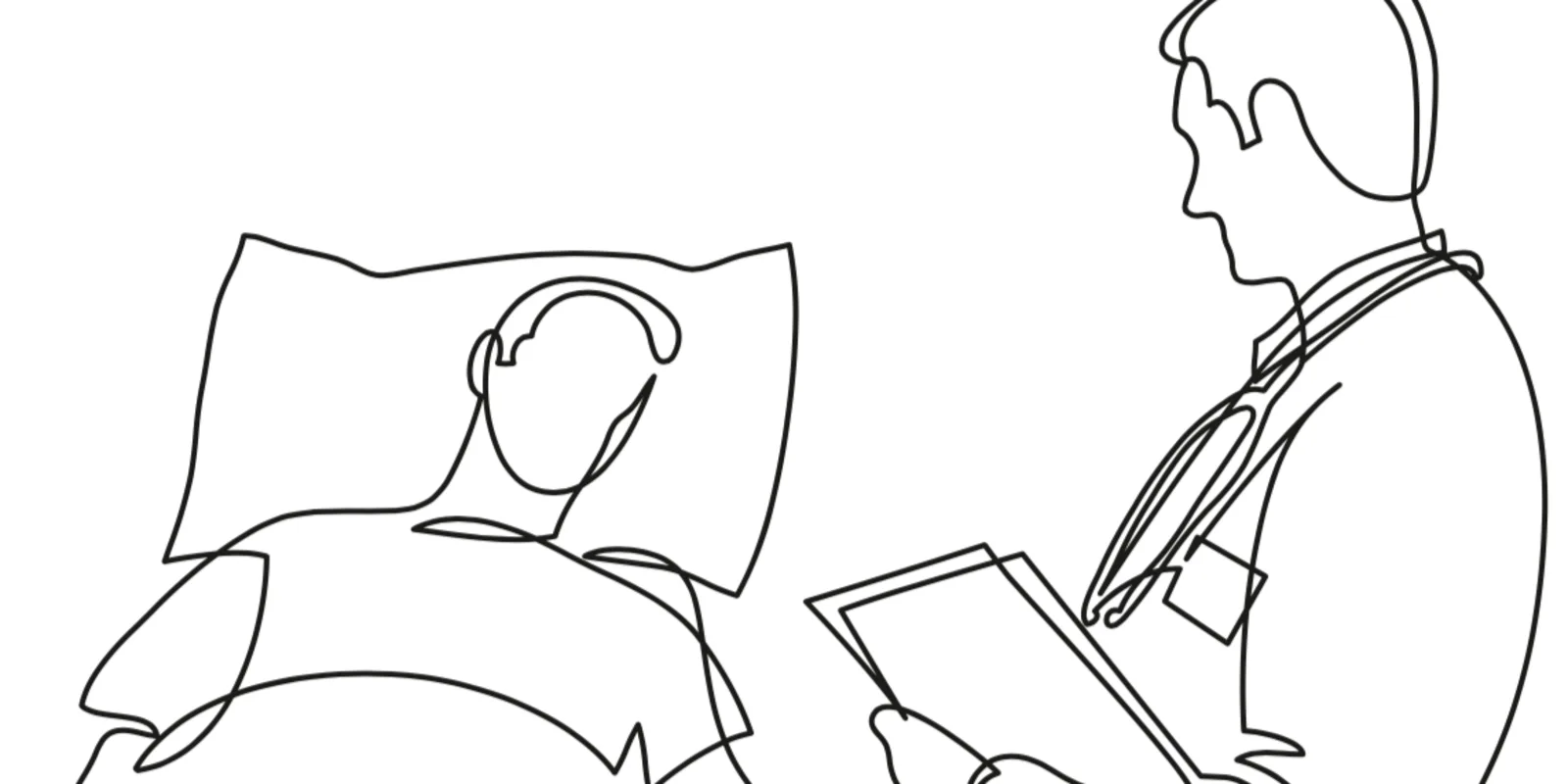
My wife was off helping our daughter in Phoenix, which left me alone with the dogs. It was trash night. As I walked out to retrieve the bins, I suddenly collapsed and discovered that my legs did not have the strength for me to get up. Crawling to the bins, I used them to stand and then as a walker to get back to the house. I would fall three times the next morning. I realized I had transformed from doctor to patient. It was serious enough that I beckoned my wife home from helping our daughter.
I called the neurosurgeon’s office and was told to get an MRI of my spine and come in first thing in the morning. I admit that being a doctor allowed me a type of access that most patients do not have.
The MRI showed spinal stenosis and a protruding disc at L 3–4. The next morning, the neurosurgeon reviewed the entire MRI with me. I had multiple levels of severe stenosis. The recommendation was for a L 2–5 laminectomy to avoid future problems. Surgery would be the next day.
I resolved to be a patient and not question what was to happen. It was not the easiest thing to do. Surgery went well — I was up and walking the next day. I was discharged with home PT arranged. All went well until day 5 post operation when I developed severe pain in the right leg and was unable to walk again. On Christmas Eve at 10 PM after a CT scan, the neurosurgeon on call told me that I needed a L 3–4 fusion to be done first thing in the morning. I had a ruptured L 3–4 disc protruding through the foramen. I was a patient again.
What is it like being a patient? I was fortunate I had a surgeon who visited me the three days I was in the hospital. One night, he came and saw me after a 16-hour surgery, late at night. He should have been home, but he came to see his patients first.
I cannot say the remainder of my experience was as rewarding. I was wrapped in IV lines, pulse ox lines, EKG electrodes, O2 line, intermittent compression devices on my legs and of course, the JP drain. None of these were needed except the JP, but the only room available was in the ICU and protocol dictated that I have the works. Sleep was impossible. Getting untangled was a constant waking nightmare.
Understaffing in hospitals is rampant, especially at night. One RN was staffed for 20 patients at night. Mine ran the gamut of seeming not to care, to being immediately available — however, all were stressed with unrealistic patient loads. Aides could only do so much; leaving soapy water in a tub and doing nothing to remove the soap film as they had to run off to their next chore. In-hospital physical therapy appeared any time in the day — even during meals — as they tried to reach their patient loads.
The story gets more complicated with an L 2–3 fusion 7 months later. The result was I spent almost the entire 2017 in a brace and physical therapy. Physical therapy has been a Godsend. The muscle atrophy and weakness was unrealized. I remained a patient, but at times could be a doctor again. Instead of just clicking off any and usually all interventions, I started to think. Does the patient need the O2? Can the patient have his vitals every 8 instead of every 4 hours? Are those compression socks really needed if the patient is ambulatory? Is EKG monitoring really mandated? Can we get by with a saline lock if the patient is eating and drinking? Should the urinal be a little closer to the bed?
My experience caused me to reassess what really needs to be done to the patient. Does the patient really need all the paraphernalia and processes we put them through? Or can we just tell them to rest? Rest is the most important healer.
I am still a patient for the next 2 months until I get released — it will have been one year since the last surgery. I am not the best patient, but I try everyday. Though I’m now retired, I wish I had been more mindful earlier in life. I became a much better doctor once I became a patient.
Charles Andrews, MD is a retired Nephrologist having practiced 35 years in Fort Worth. He began a kidney transplant program and an organ procurement organization in 1985 and served as medical director of the transplant program for 28 years. He was the medical director of the OPO until it was absorbed by a larger OPO. He remains engaged in the debates in medicine and advocate actively on multiple issues.







